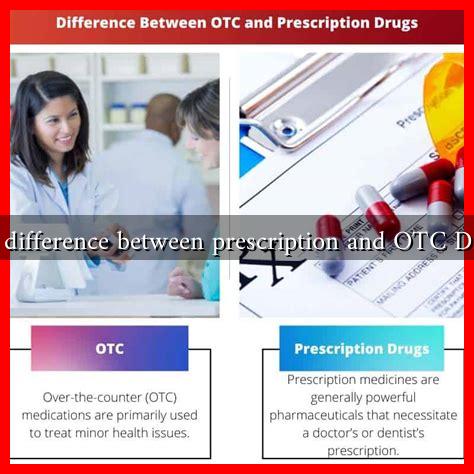-
Table of Contents
Is There a Difference Between Prescription and OTC Diclofenac?
Diclofenac is a nonsteroidal anti-inflammatory drug (NSAID) widely used to relieve pain and reduce inflammation. It is available in both prescription and over-the-counter (OTC) forms, leading many to wonder if there are significant differences between the two. This article explores the distinctions between prescription and OTC diclofenac, including their formulations, uses, and potential side effects.
Understanding Diclofenac
Diclofenac works by inhibiting enzymes involved in the production of prostaglandins, which are chemicals in the body that promote inflammation, pain, and fever. It is commonly prescribed for conditions such as:
- Arthritis
- Musculoskeletal injuries
- Post-operative pain
- Menstrual pain
OTC diclofenac is typically used for mild to moderate pain relief, such as headaches, muscle aches, and minor arthritis pain. However, the strength and formulation of the drug can vary significantly between prescription and OTC versions.
Formulations and Strengths
One of the primary differences between prescription and OTC diclofenac lies in their formulations and strengths:
- Prescription Diclofenac: Available in higher doses and various forms, including oral tablets, topical gels, and injections. Common prescription strengths include 50 mg and 100 mg tablets.
- OTC Diclofenac: Typically available in lower doses, such as 25 mg tablets or topical gels with a maximum concentration of 1%. The most common OTC formulation is diclofenac sodium topical gel (Voltaren), which is used for osteoarthritis pain.
Due to the higher strength of prescription diclofenac, it is often used for more severe conditions and requires a healthcare provider’s supervision.
Indications and Usage
While both prescription and OTC diclofenac are used to treat pain and inflammation, their indications can differ:
- Prescription Use: Often prescribed for chronic conditions like rheumatoid arthritis or ankylosing spondylitis, where long-term management is necessary.
- OTC Use: Generally recommended for short-term relief of minor aches and pains, such as headaches or muscle strains.
Patients should consult with a healthcare provider to determine the most appropriate form of diclofenac based on their specific needs and medical history.
Side Effects and Risks
Both prescription and OTC diclofenac share similar side effects, including:
- Gastrointestinal issues (nausea, vomiting, diarrhea)
- Increased risk of cardiovascular events (heart attack, stroke)
- Kidney damage with long-term use
However, the risk of side effects may be higher with prescription diclofenac due to the higher doses and longer duration of use. Patients taking prescription diclofenac should be monitored for potential complications, especially if they have pre-existing health conditions.
Case Studies and Statistics
Research indicates that diclofenac is effective in managing pain but comes with risks. A study published in the British Medical Journal found that diclofenac users had a 50% increased risk of cardiovascular events compared to non-users. This highlights the importance of using diclofenac under medical supervision, especially for those with cardiovascular risk factors.
In contrast, OTC diclofenac, such as Voltaren gel, has been shown to have a lower risk profile when used as directed. A clinical trial published in the Journal of Pain Research demonstrated that patients using topical diclofenac experienced significant pain relief with fewer systemic side effects.
Conclusion
In summary, while both prescription and OTC diclofenac serve the purpose of alleviating pain and inflammation, they differ significantly in terms of formulation, strength, indications, and potential side effects. Prescription diclofenac is typically stronger and used for more severe conditions, while OTC diclofenac is suitable for mild to moderate pain relief. Patients should always consult healthcare professionals to determine the most appropriate treatment option based on their individual health needs.
Understanding these differences can help patients make informed decisions about their pain management strategies and ensure they use diclofenac safely and effectively.


